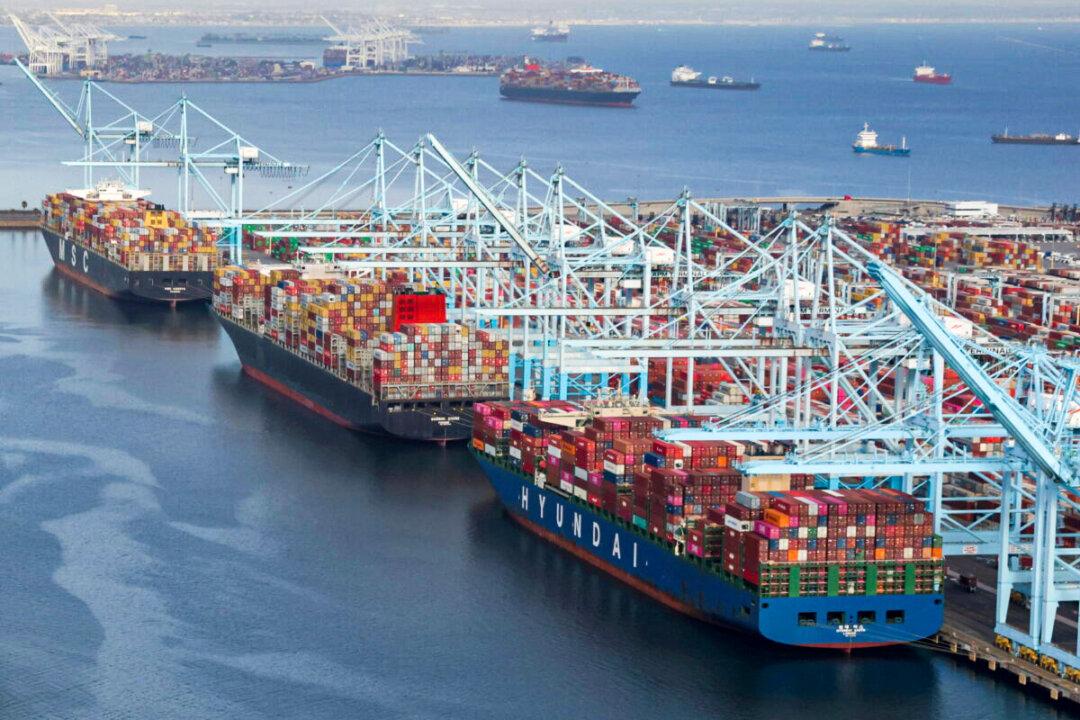The two-year global supply crisis is beginning to worsen again this month after easing due to the waning of the pandemic, as war in Ukraine and CCP virus lockdowns raise shipping costs and slow growth, according to the International Monetary Fund (IMF) on March 28.
“The sea carries more than 80 percent of the world’s traded goods, most of which sail inside 40-foot-long steel containers stacked by the thousands atop some of the largest vessels ever built,” said the IMF.





